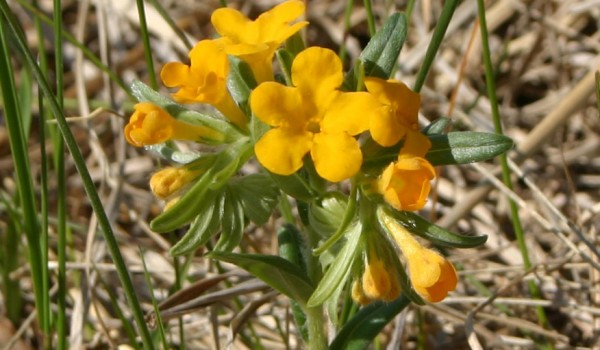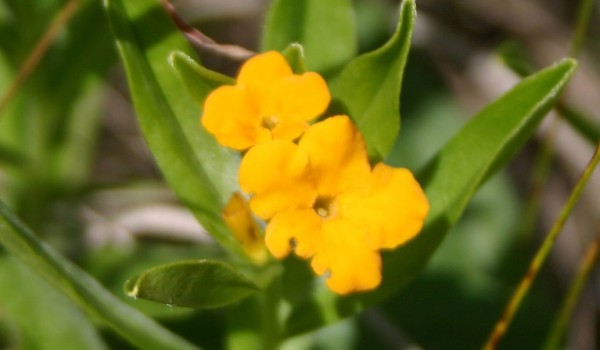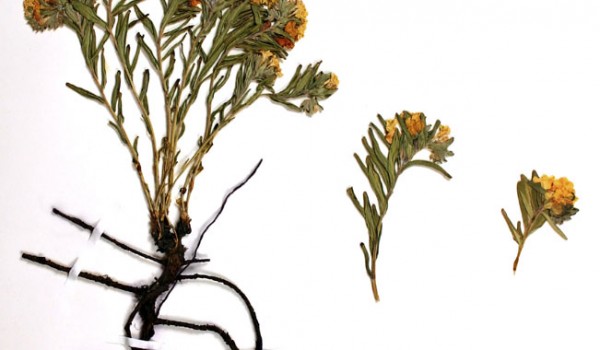Borage (Boraginaceae)
Hoary Puccoon
Lithospermum canescens (Michx.) Lehm.The common name of this prairie plant comes from the presence of tiny hairs that give it a whitish appearance. Indigenous peoples once used Hoary Puccoon as a source of reddish dye used for colouring pottery, baskets, and personal ornaments. The flowers have no noticeable scent, but do provide nectar for long-tongued butterflies and bees in the spring time.
Flower Colour:
- Yellow
Flowering Season:
- Spring
- Summer
Flowering Months:
- April
- June
- May
Canadian Rarity Status:
Not rare. Listed as “sensitive” in Ontario.
Physical Appearance:
This perennial plant has a stout taproot and grows to 40 cm tall. Its 5-9, erect, occasionally branched stems are covered in white hairs. The alternate leaves are bright green, hairy and oval-shaped with pointed tips. Flowers are small and tube-shaped, with five rounded lobes extending outwards. These occur in 1-3 dense, curving clusters, in which the endmost flower blooms first. Fruits are small yellowish-white nuts, each containing a single seed.
Similar Species:
Narrow-leaved Puccoon (Lithospermum incisum Lehm.)
Gardening Notes:
Seeds and/or plants may be available from greenhouses and seed supply companies specializing in native plants. Hoary Puccoon is difficult to germinate from seed, but may be easier from transplants.
Canadian Distribution:
- Manitoba
- Ontario
- Saskatchewan
Prairie Types:
- Mixed Grass Prairie
- Tall Grass Prairie
Habitats:
- Limestone Glades
- Open Woodlands
- Prairies
- Savannahs
Moisture Conditions:
- Dry
Light Preference:
- Part Shade
Soil Preference:
- Sand
Associated Pollinators:
-
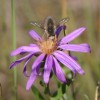 Bee Flies (Bombyliidae)
Bee Flies (Bombyliidae)
-
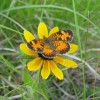 Brush-footed Butterflies (Nymphalidae)
Brush-footed Butterflies (Nymphalidae)
-
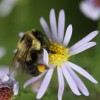 Bumble, Honey, and other Bees (Apidae (Subfamily Apinae))
Bumble, Honey, and other Bees (Apidae (Subfamily Apinae))
-
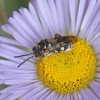 Cuckoo Bees (Apidae (Subfamily Nomadinae))
Cuckoo Bees (Apidae (Subfamily Nomadinae))
-
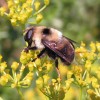 Flower Flies (Syrphidae)
Flower Flies (Syrphidae)
-
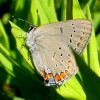 Gossamer-winged Butterflies (Lycaenidae)
Gossamer-winged Butterflies (Lycaenidae)
-
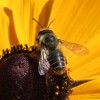 Leafcutter and Mason Bees (Megachilidae)
Leafcutter and Mason Bees (Megachilidae)
-
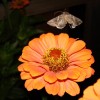 Owlet Moths (Noctuidae)
Owlet Moths (Noctuidae)
-
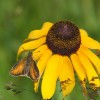 Skippers (Hesperiidae)
Skippers (Hesperiidae)
-
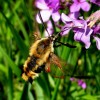 Sphinx and Hawk Moths (Sphingidae)
Sphinx and Hawk Moths (Sphingidae)
-
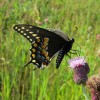 Swallowtail Butterflies (Papilionidae)
Swallowtail Butterflies (Papilionidae)
-
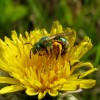 Sweat Bees, Halictid Bees and other Bees (Halictidae)
Sweat Bees, Halictid Bees and other Bees (Halictidae)
-
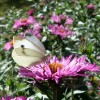 Whites, Sulfurs, Orangtips, Marbles (Pieridae)
Whites, Sulfurs, Orangtips, Marbles (Pieridae)






